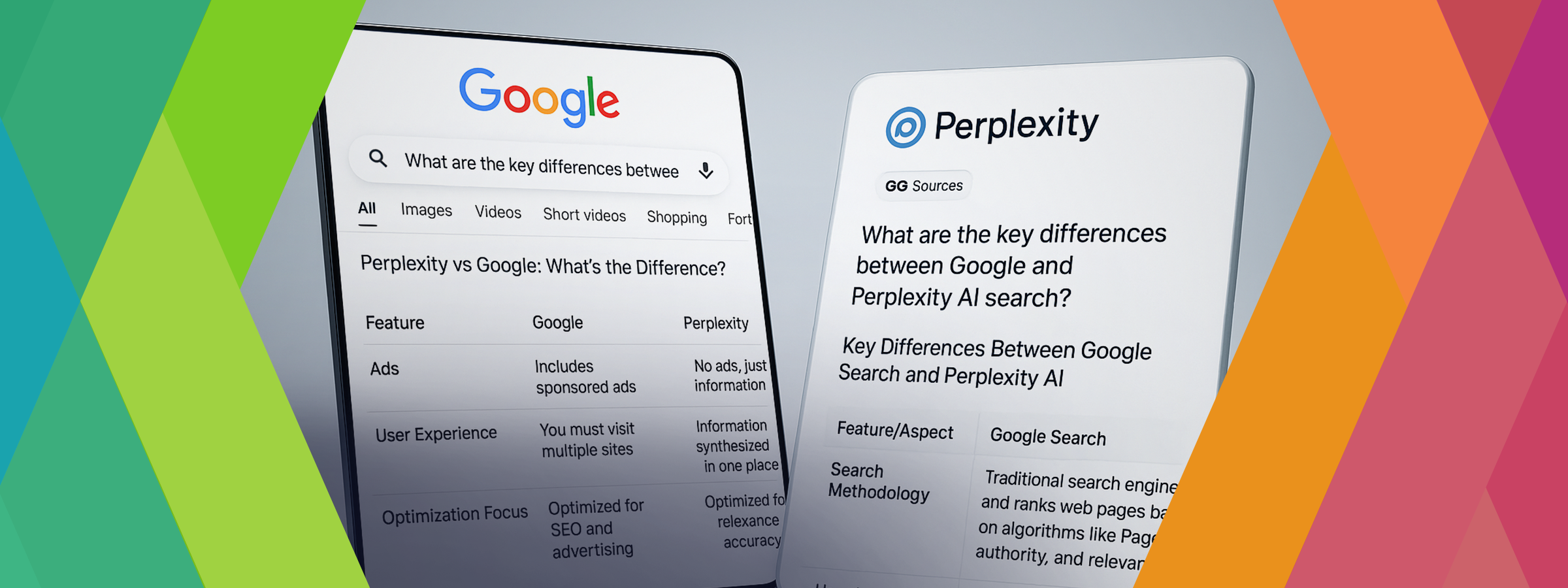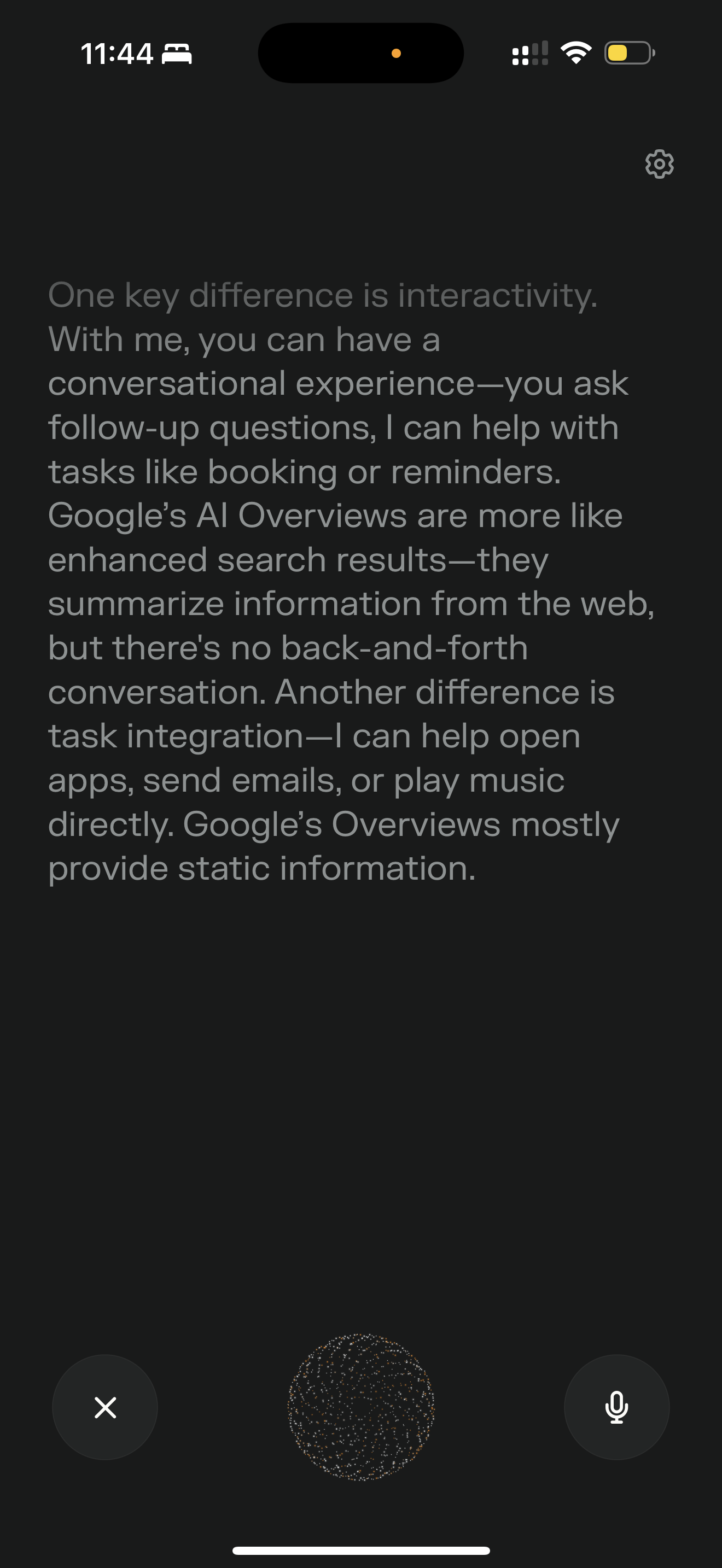
AI search is here. Are you ready to switch?
AI Search Is Changing Everything: Can Google Keep Up with Perplexity?
This article was inspired by a recent Tom’s Guide comparison of Google AI Overviews and Perplexity, and the thoughtful dialogue that followed about how these tools are reshaping the search experience. For anyone who relies on the internet to solve problems or find trustworthy information, these changes are more than just tech news—they directly impact how safely and confidently you can navigate the digital world.
What Are Google AI Overviews and Perplexity.ai?
Google AI Overviews is a new feature built into Google Search that uses artificial intelligence to generate quick, summarized answers to your questions. Instead of just showing a list of links, Google’s AI scans the web and presents a concise overview at the top of the results page, pulling together key points from various sources. These overviews are powered by Google’s own Gemini AI model—a proprietary, advanced generative AI designed for complex reasoning and high-quality summaries directly in search results.
Perplexity.ai is an AI-powered search tool built from the ground up to provide direct, conversational answers to your queries. When you ask a question, Perplexity’s AI gives you a clear, focused response and cites its sources right in the answer. The interface is clean and minimal, with less clutter than traditional search engines. Perplexity leverages leading large language models—primarily OpenAI’s GPT-4, and in some cases Anthropic’s Claude—to generate its answers.
The New Search Landscape
AI-powered search is rapidly transforming how people access information. Google’s AI Overviews promise concise, synthesized answers drawn from a range of sources, while Perplexity delivers focused, citation-rich responses in a clean, distraction-free interface. The difference is immediately apparent: Google’s results are rich with multimedia and deep integration with services like YouTube, but paid ads and sponsored content still crowd the top of the page. Perplexity, on the other hand, prioritizes clarity and transparency, surfacing reputable sources and minimizing clutter.
One notable disparity is in the rollout of these features. While Google’s AI Overviews are now available in more regions, including Canada, the experience can vary—some features lag behind their U.S. counterparts, and language support is still expanding. Perplexity’s approach is more uniform, offering the same streamlined experience regardless of location.
The Challenge of Trust and Safety
The evolution of search brings new opportunities—and new risks. Paid ads and sponsored links, especially those for technical support or troubleshooting, can sometimes lead users to fraudulent sites. Even as Google improves its ad labeling and scam detection, the sheer volume of paid placements can make it difficult for non-experts to distinguish legitimate resources from deceptive ones.
AI-driven platforms like Perplexity offer a partial remedy by emphasizing source transparency and concise, well-cited answers. However, no tool is foolproof. The responsibility to verify sources, recognize red flags, and exercise digital literacy remains essential. For organizations and individuals alike, the bar for content quality is rising: only clear, authoritative, and well-structured resources will consistently earn trust and visibility. For more on this trend, see this industry analysis.
Privacy: Perception and Reality
Privacy concerns are central to the conversation about AI search. Both Google and Perplexity collect and use personal data to refine their services, but their approaches differ. Google provides robust privacy controls—incognito mode, privacy dashboards, and granular account settings—while still relying on personalized advertising as its core business model. Perplexity, though free of traditional ads for now, shares some user data with third parties and tracks activity through its AI-powered browser. Strong privacy protections like end-to-end encryption or anonymous modes are not yet standard. You can read more in the Google Privacy Policy and Perplexity AI Privacy Policy.
Switching platforms does not guarantee privacy. Users must remain vigilant, review privacy policies, and understand the trade-offs inherent in any “free” or paid service.

Paid Search: The Next Norm?
As AI-driven search matures, the willingness to pay for a premium experience is growing. Perplexity’s Pro tier offers unlimited advanced searches, access to powerful AI models, and richer, more detailed answers. For professionals and those who value efficiency, these features can be a compelling upgrade.
Google’s ad-supported model, however, has been transformative—democratizing access to information and digital tools for billions. This accessibility comes with a trade-off: users pay with their data and attention, not their wallets. The future of search will likely offer both paths: a paid, privacy-focused tier for those who wish to opt out of advertising, and a robust free tier that continues to serve the broader public.
Understanding these trade-offs is key. “Free” often means paying with your data, while premium options are about control, trust, and peace of mind.
Content Integration and the Role of Quality
The way search platforms integrate and present content—articles, videos, forums—matters more than ever. Google’s deep integration with YouTube offers instant access to tutorials and guides, often without leaving the search page. Perplexity excels at synthesizing information from diverse sources, providing concise, citation-rich summaries, though it does not embed rich media.
When it comes to video content, Perplexity relies on transcripts, so the quality of a summary depends on the accuracy of the underlying data. For those producing content, this shift underscores the need to create resources that are authoritative, accessible, and available in multiple formats. As AI-driven search tools increasingly prioritize clarity and transparency, only premium-quality content will consistently rise above the noise.
A New Wrinkle: Apple’s Potential Acquisition of Perplexity
Recent reports indicate that Apple is in talks to acquire Perplexity. If this deal materializes, it could mark a seismic shift in the search landscape. Apple’s longstanding focus on privacy and user-centric design, combined with Perplexity’s AI-driven search, would provide a compelling alternative to Google—especially for users in the Apple ecosystem.
Integrating Perplexity directly into Safari could challenge Google’s dominance as the default search provider on Apple devices. Imagine advanced, ad-free AI search built into Safari, protected by Apple’s privacy standards, and possibly included in the Apple One bundle. Such a move would offer users a premium search experience—potentially at no extra cost—while keeping their data within Apple’s tightly controlled ecosystem.
For users, the implications are significant: a search tool that combines the clarity and transparency of Perplexity with Apple’s privacy-first philosophy could quickly become the default choice for millions. For Google, it would mean increased competition in a space it has long dominated. And for content creators and organizations, it would further emphasize the need for high-quality, trustworthy resources that can stand out in a new, AI-driven search paradigm.
Conclusion
The search landscape is evolving at an unprecedented pace. Google’s ad-supported approach has made information accessible to billions, while new paid services like Perplexity promise greater privacy, clarity, and control. With Apple potentially entering the arena, the emphasis on premium, well-sourced content is no longer just an SEO strategy—it’s a public good.
In this new era, safety, confidence, and empowerment are built not just by technology, but by a collective commitment to raising the standard for everyone. The future of search belongs to those who value quality—whether in the tools they choose, the information they consume, or the resources they create.
References
- Powell, N. (2025). I tested Perplexity vs Google AI overview with 7 prompts — the results were shocking. Tom’s Guide.
- Google Blog. (2024). AI Overviews in Search are coming to Canada.
- WebFX. (2025). Perplexity AI vs Google: Which is better?
- The Register. (2024). Opinion: Perplexity vs Google.
- 7minute.ai. (2025). Perplexity vs Google: A new search engine battle.
- Spheron Network Blog. (2025). The new search engine battle: Perplexity AI vs Google.
- Google Privacy Policy.
- Perplexity AI Privacy Policy.
- Institute of AI Studies. (2025). Perplexity AI Free vs Pro.
- Dev.to. (2024). How to summarize YouTube videos using Gemini, ChatGPT, Claude, and Perplexity.
- Bloomberg. (2025). Apple in talks to acquire Perplexity AI.

This article was developed in collaboration with an internally-designed custom AI agent that we are constantly improving.
Mac Zen’s commitment to nuance and accuracy remains central as we openly experiment with and refine the integration of AI in our work. For more information on how AI was used in the production of this content, click below.
This article was created through a collaborative process between Aitan and the custom Mac Zen AI assistant, Sonata. The initial inspiration and direction came from a real-world dialogue about a Tom’s Guide comparison of Google AI Overviews and Perplexity, with Aitan providing the core themes, questions, and editorial priorities.
Process Description:
The workflow began with Aitan outlining key research questions and specifying the intended audience and tone. Sonata conducted targeted research, synthesized findings, and proposed a detailed outline. Each section was drafted iteratively, with Aitan providing feedback, requesting rewrites, and refining the narrative to ensure clarity, accuracy, and brand alignment. Special attention was given to weaving in real client experiences and industry context, as well as to the proper use of citations and references.
Standards and Values:
Throughout, the process was guided by Mac Zen’s standards of nuance, accuracy, and authenticity. Every claim was checked against reputable sources, and the writing style was adjusted to be accessible to both technical and non-technical readers.
Anecdotal Detail:
For example, when discussing the risks of scam sites in search results, Aitan shared direct client experiences, prompting Sonata to emphasize digital safety and content quality throughout the article. Editorial decisions—such as minimizing repetitive references to “Mac Zen clients” and focusing on universal relevance—were made collaboratively.
Editorial Oversight:
All content, tone, and insights were reviewed and approved by Aitan, ensuring the final article reflected Mac Zen’s voice and values.
Image Creation:
The header image above was created by supplying ChatGPT's 4.1 model with two screenshots and an accompanying prompt that defined their rough position and the concept. Prior to creating the screenshots on Aitan's iPhone, the custom marketing agent was asked to suggest a search query to enter into both a google search, and a perplexity search.
Invitation for Further Transparency:
If you’d like to learn more about how AI and human contributors collaborate at Mac Zen, or have questions about this article’s creation, please reach out for more details.